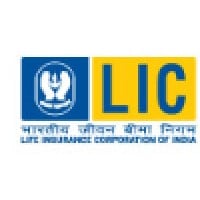
LIC
State owned public sector life insurance corporation.Largest financial institution &life insurance organization in India. Central office in Mumbai ,with 8 Zonal offices,109 divisional offices,2048 fully computerised branches and to serve rural people LIC now opened 992 satelite offices in rural areas . Hisrory:245 Indian and foreign insurers and provident societies are taken over by the central government and nationalised. LIC formed by an Act of Parliament, viz. LIC Act, 1956, with a capital contribution of Rs. 5 crore from the Government of India. The Parliament of India passed the Life Insurance Corporation Act on the 19th of June 1956, and the Life Insurance Corporation of India was created on 1st September, 1956. On 1st of September 1956, The Life Insurance Corporation of India ( LIC ) embarked upon its momentous journey in true spirit of serving the people and nation as a whole. Since then it has spearheaded the financial and infrastructure development of the nation. The performance of LIC has been exemplary and it has been growing from strength to strength be it customer base, agency network, branch office network, and the like. LIC has played a significant role in spreading life insurance among the masses and mobilization of people’s money for people’s welfare. Even after the entry of private insurers for almost a decade now, LIC continues to be the front runner in the industry in terms of market share. Mission: "A trans-nationally competitive financial conglomerate of significance to societies and Pride of India." Products:We have in our basket more than 40 different plans catering to the differing needs of different segments of the society – basic insurance plans (whole life, endowment and money back), Term Assurance Plans, Pension Plans, Capital Market linked Plans, Health Plan etc.






